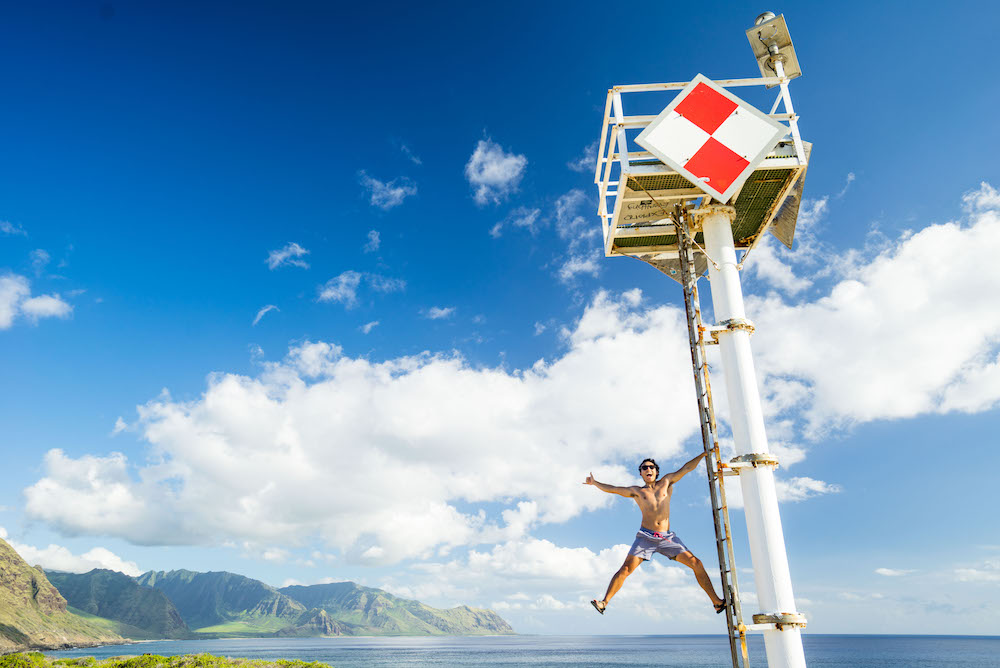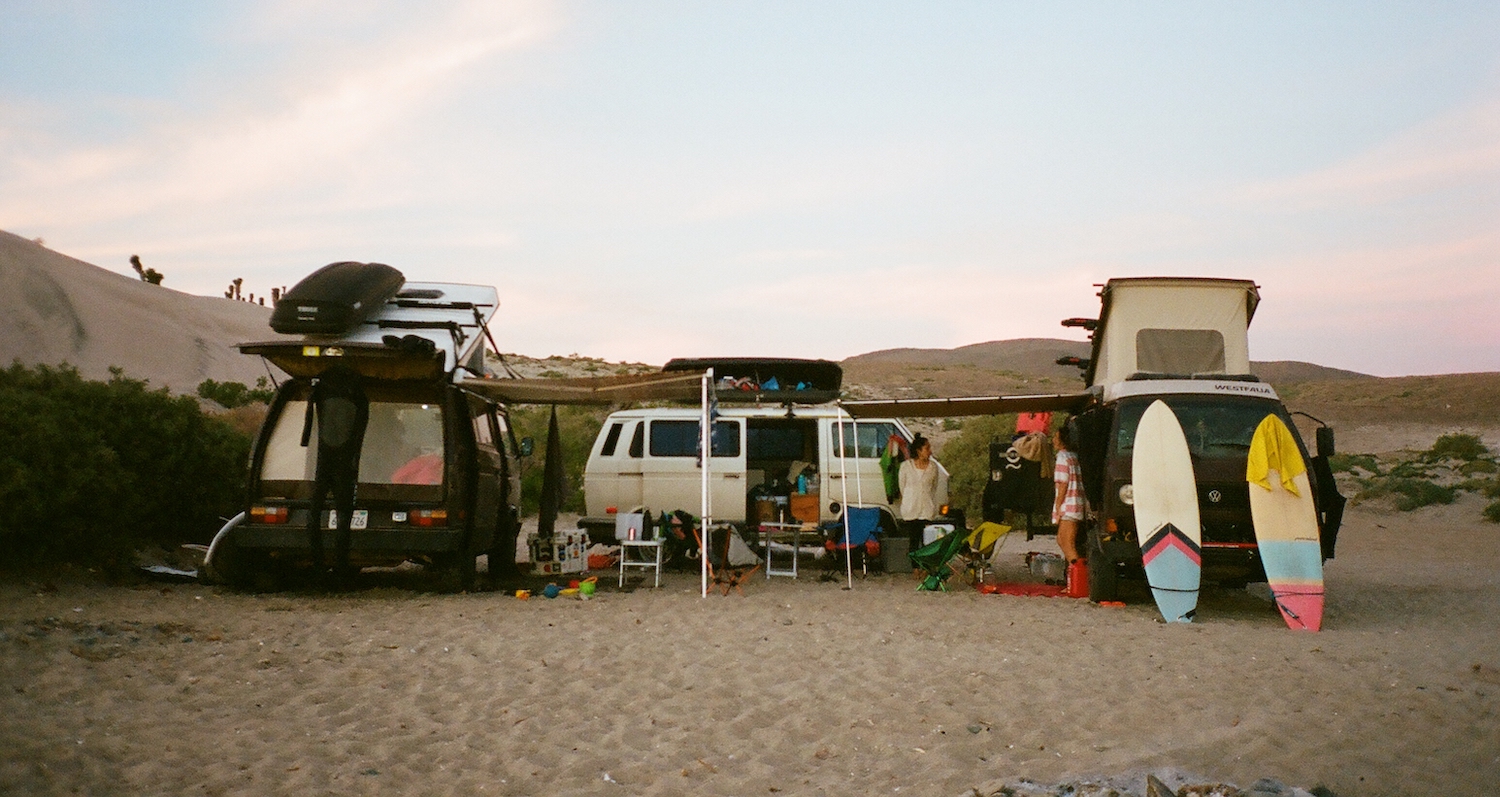Recently there’s been a lot of stir about moving towards reef safe sunscreen, and it’s for good reason!
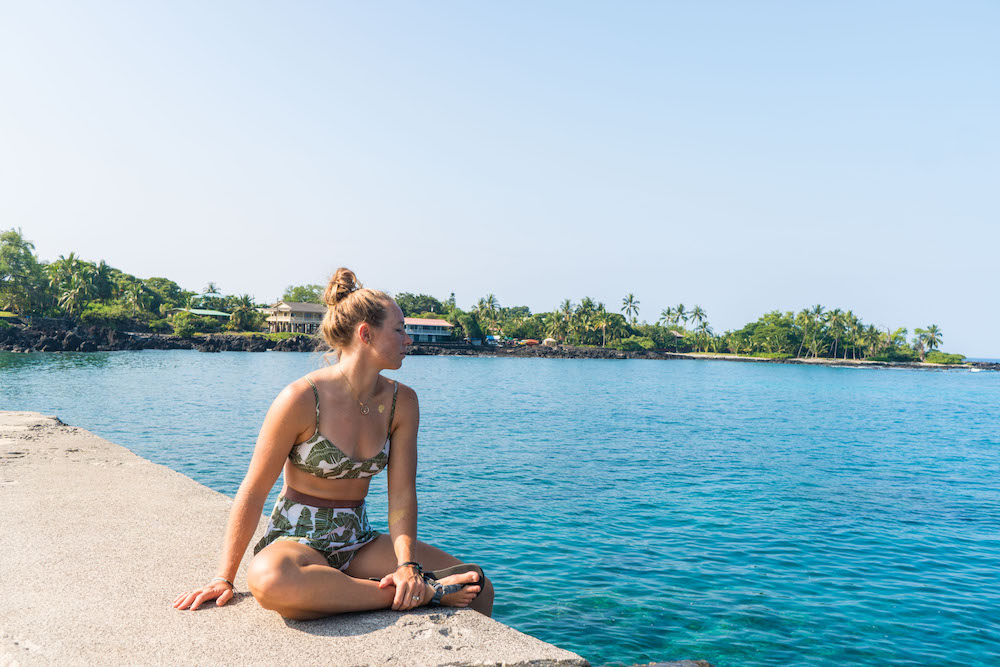
The Bad
According to the Hawaii Department of Land and Natural Resources, the reefs around Hawai’i have declined 43-69 percent between the late 1970s and 2008. These declines aren’t limited to just Hawai’i because as much as 14,000 tons of sunscreen is introduced to the world’s reefs every year! The decline of these reef systems is greatly attributed to a chemical called oxybenzone, which is in most large brand sunscreens on the market today. (ie. Neutrogena, Coppertone, Hawaiian Tropic, among many others). Just one drop of oxybenzone in 4.3 million gallons of water, which is about six and a half Olympic-size swimming pools, is enough to be deadly according to a study by Archives of Environmental Contamination and Toxicology.
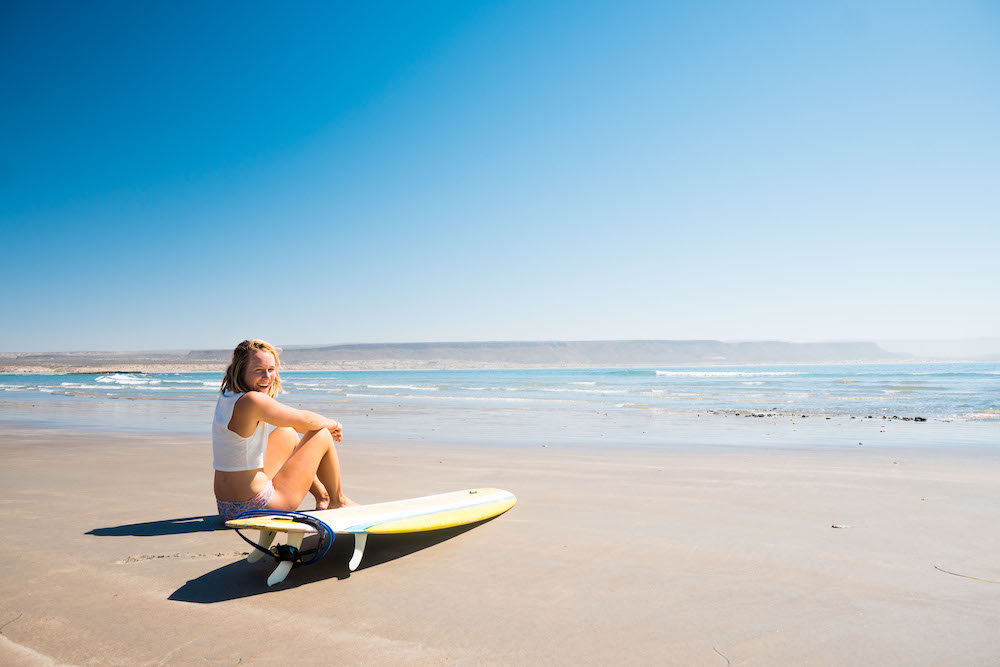
Those numbers are pretty staggering, and if it’s that toxic for the ocean it can’t be doing much good for our bodies either! The good thing is that there are a bunch of companies producing reef safe products that are cleaner for the ocean and ourselves! Before we talk about what you should be using, let’s go through what you should be avoiding.
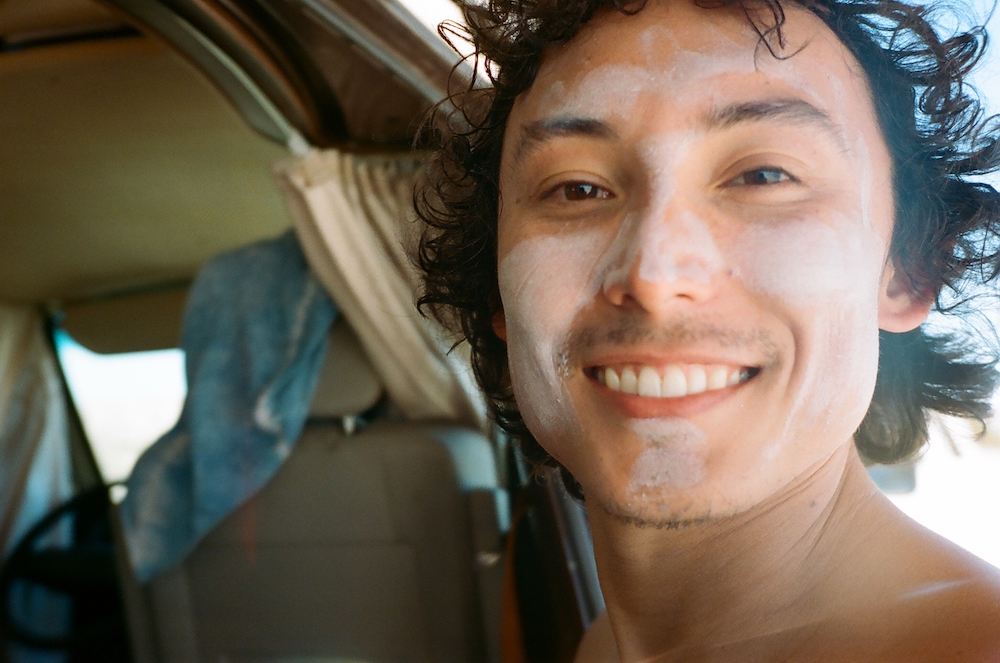
What to Steer Clear of:
Most chemical sunscreens have one or more of the following active ingredients. All are toxic to our coral reefs and marine ecosystems. There are the major eight that you’re looking to avoid:
- Oxybenzone
- Octinoxate
- Octocrylene
- PABA (Aminobenzoic Acid)
- Enzacamene
- Octisalate
- Homosalate
- Avobenzone
I recommend going through all of your sunscreens to be sure that they don’t contain any of these active ingredients. If you find that they do contain any of these chemicals please stop using them immediately. They’re not just harmful in and around the ocean. If you wear these toxic formulas away from the ocean and take a shower, it still has an effect. That water will eventually make its way out to the ocean and cause the same damage as wearing it directly into the water.

This is when I wanted to say “Please take the proper steps to empty and recycle old products.”
I’m urging you to move away from your older chemical sunscreens and over to cleaner reef safe options. I was hoping to present to you all the safe ways you can dispose of your old products. However, in my research, I have found that even empty chemical sunscreens (the bad ones) are deemed chemically unsafe for handling in recycling center?! Can you believe that?!
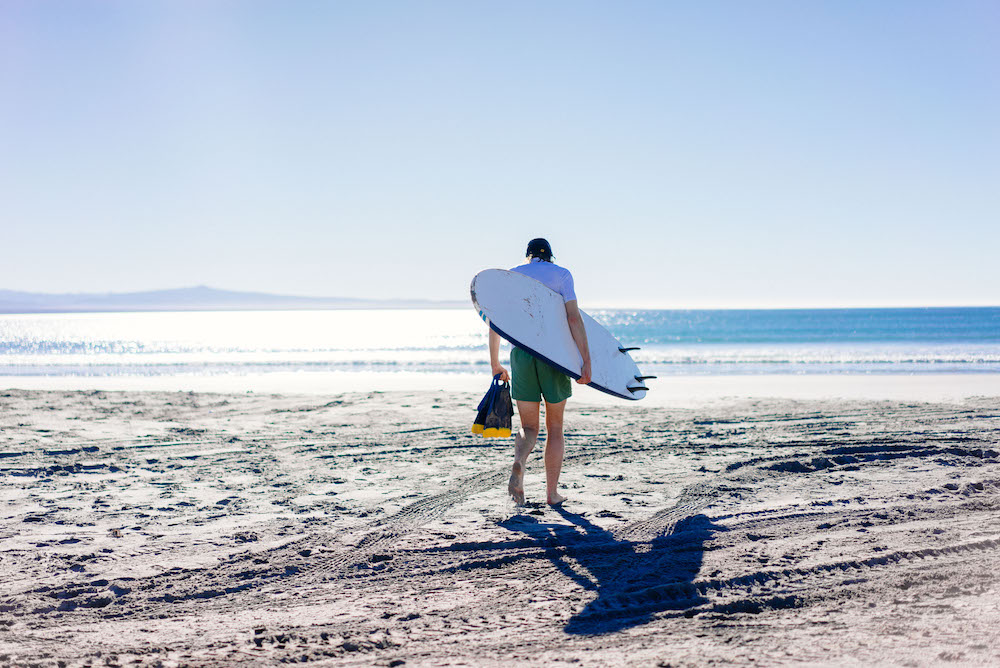
Yet these toxic products continue to be on the market for people to buy and use on themselves, their children, and the ocean!
If what I’ve written up until now isn’t reason enough to switch… maybe the fact that the empties are “chemically dangerous to handle” is. The best way I’ve found to dispose of them is by dropping them off at a hazardous waste center. These are located in most major cities and can be found with a quick google search.

Sunscreen
Now more than ever companies are making an effort to move towards reef safe products. The following products are all deemed reef safe and I’ve included a few of their key features.
Manda – SPF 50, anti-aging and moisturizing properties, all natural packaging made from wood and protects against wind, water, and sweat.
Thinksport – SPF 50+, Top rated by EWG skin deep database with a “1” rating since 2010, first sunscreen to pass Whole Foods Premium Care requirements, water & sweat resistant for 80 mins, and my personal favorite (MAK) for the body.
Babo Botanicals Super Shield Natural Sport Stick – SPF 50, formulated by over 70% organic ingredients, perfect for face, lips, Neck and body, 80 Minutes Water & Sweat Resistant, my personal favorite (MAK) for the face because it’s gentle on sensitive skin and rubs in clear
All Good Sport Sunscreen – SPF 30 for Body & 50 for Face, water & sweat resistant for 80 mins, vegan, and good for wind protection.
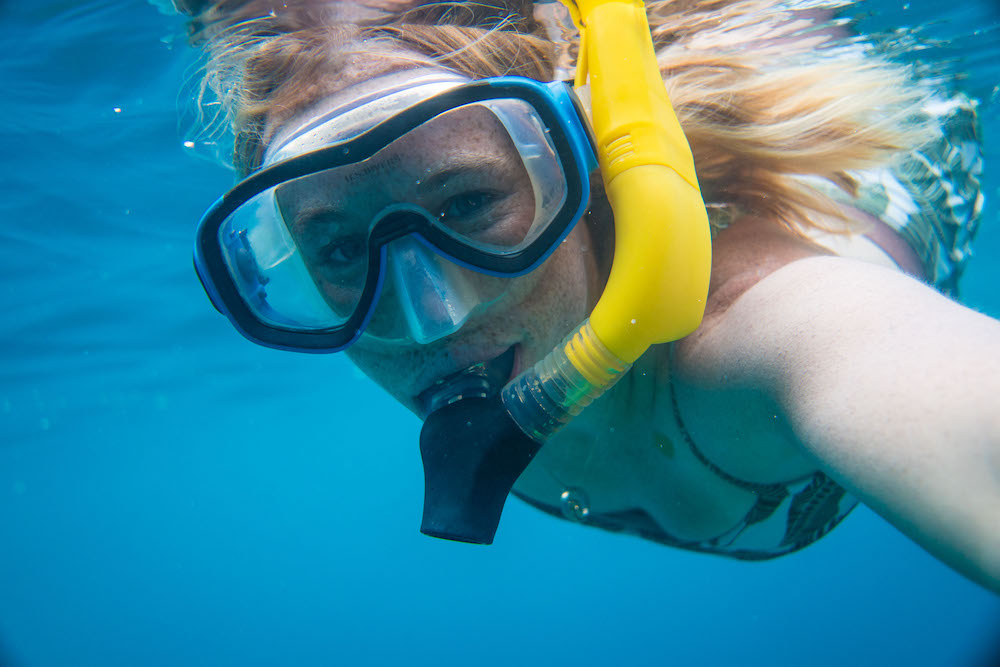
A great resource for finding Reef Safe and other environmentally safe skin care products is the Environmental Working Group (EWG). They have an amazing database of different safe sunscreens for sport, baby, beach, and everyday moisturizers with SPF!
In the end, it’s important that you do some research of your own. Figure out what’s the best product for you and fits your needs. Just always remember to read the labels!
Surfboard Wax
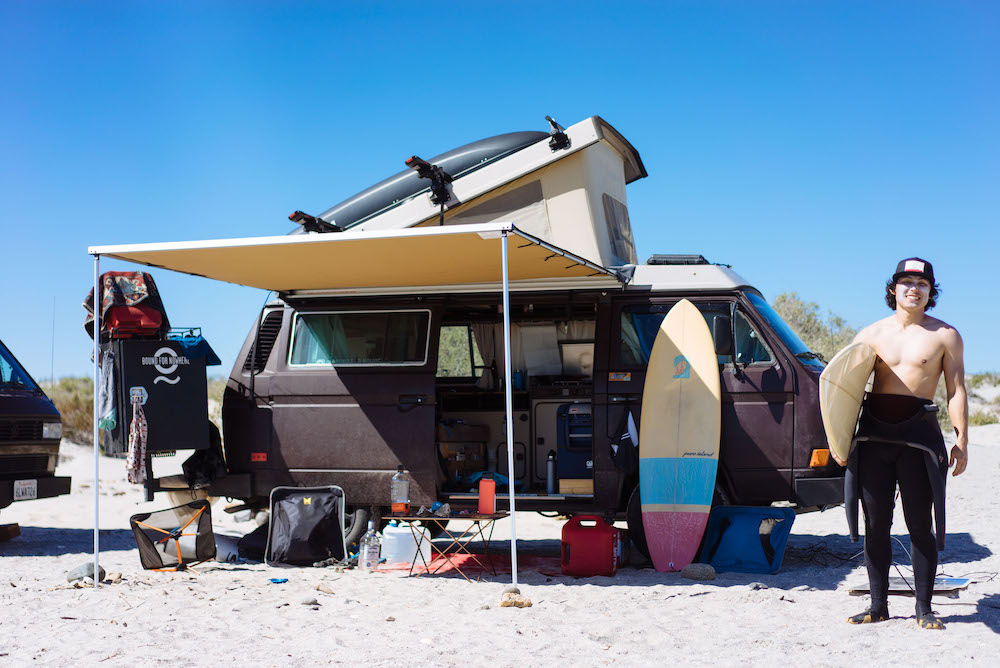
Bet you didn’t realize that your surfboard wax is also contributing to the problem! They too are packed with harmful chemicals and do not break down once they leave your board. Here are a few safer options for you to try:
Matunas’ Organic Wax – 100% Natural Biodegradable-Nontoxic. Made with Organic ingredients. Matunas organic surf wax is the only non-toxic, biodegradable, petroleum-free, no synthetic chemicals, and packaging made of recycled paper with soy ink.
Organic Rob Machado Surf Wax – Eco-friendly high-performance wax, the label is recycled paper, printed with soy based on presses powered by clean wind-generated energy, a percentage of sales is donated to the Rob Machado Foundation which supports several educational and environmental organizations.
Maria’s Surf Wax – 100% Natural, non-toxic, biodegradable, eco-friendly vegan surf wax, made using local organic ingredients in California straight from the farm, the packaging is printed on 100% recycled paper using all natural dyes for ink. Currently, we’re using this one and enjoying it!
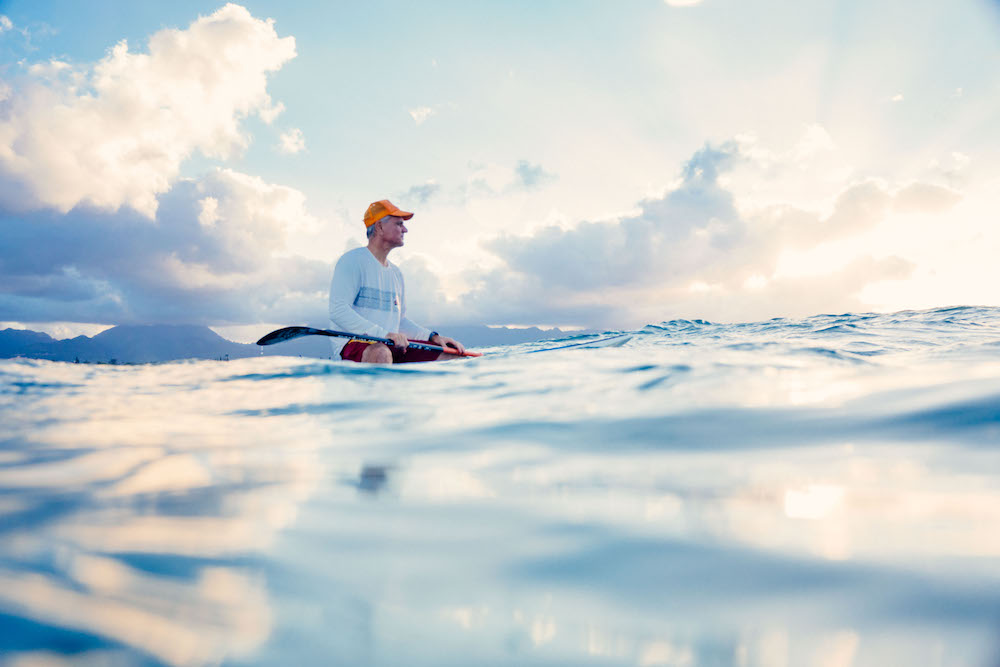
Resources:
Here are some links to more information about this if you care to educate yourself further on the subject:
Archives of Environmental Contamination and Toxicology
Coral Bleaching Recovery Plan for the State of Hawai’i
List of reef & ocean damaging chemicals courtesy of All Good
